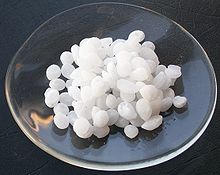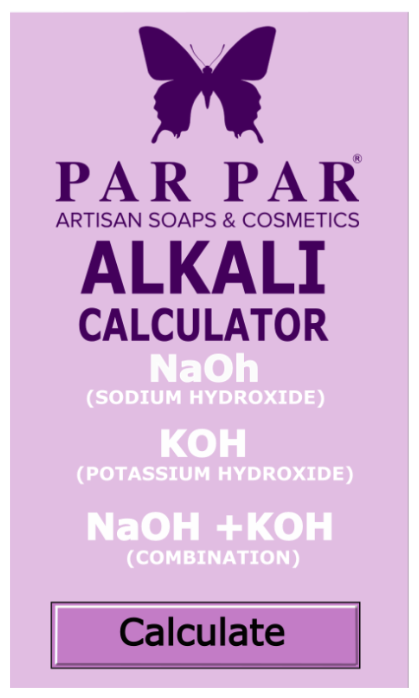

Table of Contents
Saponification
Trace

The Crucial Role of Temperatures in Saponification and Its Impact on Soap Quality
Introduction: Saponification is the chemical process by which fats and oils are transformed into soap through the reaction with an alkali, usually sodium or potassium hydroxide. Temperature plays a pivotal role in this process, influencing the outcome of soap production in terms of texture, fragrance, and overall quality.
Temperature’s Influence on Saponification: The saponification process is exothermic, meaning it generates heat. The reaction between fats and alkali releases energy, raising the temperature of the mixture. Controlling this temperature is crucial for achieving the desired soap characteristics.
- Optimal Temperature Range: Maintaining an optimal temperature range is essential for efficient saponification. The recommended range typically falls between 100 to 130 degrees Fahrenheit (38 to 54 degrees Celsius). Within this range, the reaction progresses at an appropriate rate, ensuring thorough conversion of fats into soap.
- Acceleration of Saponification: Higher temperatures can accelerate the saponification process. While this might seem advantageous for faster soap production, excessive heat can lead to challenges such as incomplete reaction or the formation of undesirable byproducts. It is crucial to strike a balance to achieve the desired soap properties.
- Temperature and Soap Texture: The temperature at which saponification occurs influences the texture of the final soap product. Lower temperatures may result in a softer soap, while higher temperatures can produce a harder, more brittle soap. Soapmakers often experiment with temperatures to find the ideal balance for their specific recipe and intended use.
Risks and Dangers Associated with Temperature Control: While temperature control is essential for successful saponification, there are risks and dangers that soapmakers should be aware of:
- Caustic Burns: The saponification reaction involves the use of caustic substances such as sodium hydroxide. Excessive heat can cause the mixture to splatter, increasing the risk of caustic burns. Proper protective gear, including gloves and goggles, is essential when working with hot soap mixtures.
- Incomplete Saponification: Overheating or inadequate temperature control can lead to incomplete saponification. This results in the presence of excess alkali in the soap, posing a risk of skin irritation. Thorough monitoring and adherence to recommended temperature ranges are crucial to avoid this issue.
- Equipment Safety: High temperatures can stress equipment, especially if it is not designed for prolonged exposure to heat. It is essential to use appropriate containers and utensils that can withstand the temperatures required for saponification to ensure a safe soapmaking process.
Conclusion: In the world of soapmaking, understanding and carefully managing temperatures during saponification is paramount. The delicate balance between achieving efficient saponification and avoiding associated risks requires skill, experience, and adherence to safety measures. By mastering the art of temperature control, soapmakers can produce high-quality soaps with the desired characteristics while ensuring a safe and hazard-free production process.

Affiliate Disclosure: I am grateful to be of service and bring you content free of charge. In order to do this, please note that when you click links and purchase items, in most (not all) cases I will receive a referral commission. Your support in purchasing through these links enables me to keep Par Par Academy of Soaps & Cosmetics free, and empower more people worldwide to make soap safely and easily. Thank you!
